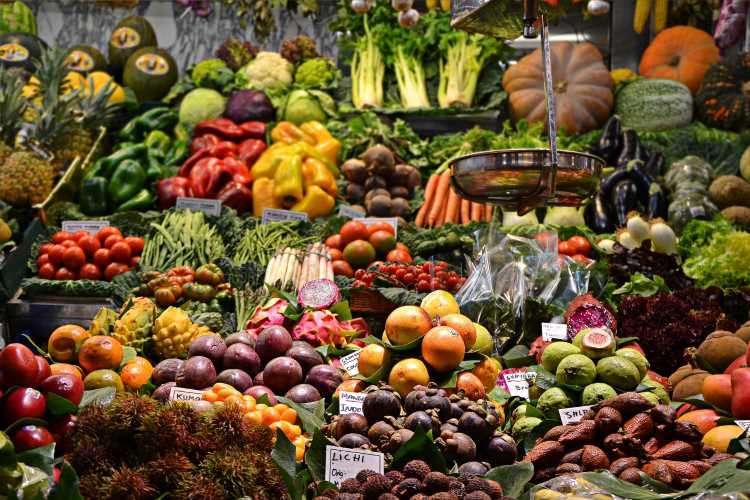
The possibility of a second round of food price shocks continues to loom large, prompting members of the monetary policy committee of the Reserve Bank of India to adopt a wait-and-watch approach in their August review. As a result, the policy repo rate was kept unchanged at 6.5% for the third consecutive policy review meeting, with all six MPC members unanimously citing inflationary concerns. The MPC acknowledged that its task is far from over, despite months of effort to control inflation.
The effects of the tight monetary policy, which has been in effect since September 2022, are evident. RBI Governor Shaktikanta Das said that headline inflation has softened from last year’s elevated levels, but still remains above the central bank’s comfort zone. The July inflation reading stood at a 15-month high of 7.44%, surpassing the central bank’s comfort limit of 6%. Governor Das also affirmed the central bank’s commitment to aligning inflation with the 4% target, with this data released after the policy review meeting.
READ | Championing change: Indian Oil’s vision for a sustainable future
What is causing food price shocks
This year, the soaring food prices were fuelled by tomatoes, the prices of which skyrocketed due to a nationwide shortage. This resulted in a 400% increase in vegetable prices. Crops in Karnataka and Maharashtra were hit by two separate viruses, devastating the crops and reducing supplies in vegetable markets.
In the MPC meeting, RBI Governor Shaktikanta Das explained that certain factors driving food price increases, such as the spike in tomato and vegetable prices, are expected to correct swiftly with the arrival of fresh crops. Starting in September, a significant slowdown in vegetable inflation is anticipated, and the progress of the monsoon in July has improved prospects for the summer crop.
However, there are other risks posing threats to food prices, including the precarious condition of El Nino, volatile global food prices, and uneven monsoon distribution. These require continuous monitoring, as they can severely impact food prices further. According to the MPC minutes, RBI Deputy Governor Michael Patra said that India faces the onslaught of overlapping localised supply shocks, causing price-sensitive food items in the CPI to skyrocket and driving up headline inflation.
The ramifications of higher food prices will become visible in generalised economy-wide price increases, and supply-side measures need to be maintained to check the spiralling of food shocks, as stated by RBI Governor Shaktikanta Das in the minutes. In India, food price increases can permeate through wages, rents, transport costs, and importantly, through expectations into core inflation. CPI inflation has fallen but remains elevated at 4.9% in July, excluding inflation in food and fuel.
Das emphasised that the central bank must be prepared to pre-empt any second-round impact of food price shocks on broader inflationary pressures and risks to anchoring inflation expectations. External member Ashima Goyal also stressed the need for diversified and resilient vegetable supply chains to counter weather-related price shocks.
The RBI has mandated banks to maintain a 10% incremental cash reserve ratio (CRR) during the August policy. This has led to a deficit in banking system liquidity in recent days. Withdrawal of excess liquidity should be a primary concern for the central bank moving forward, as it poses a direct threat to the RBI and MPC’s commitment to aligning India’s inflation with the target, in addition to potential risks to financial stability.
On the macroeconomic front, India’s financial sector remains resilient and healthy. However, this is not a reason for complacency. Forex reserves of over $600 billion provide a strong buffer against events such as cyclical capital outflows.
It is expected that Indian oil majors will be able to reduce domestic prices as they turned profitable in the summer last year and are reporting substantial profits. Oil price cuts have a significant impact on household inflation expectations. The MPC members have expressed cautious optimism due to the projected trajectory of inflation over the next several quarters. The current level of the repo rate is already sufficiently high to bring inflation below the upper tolerance band and steer it toward the middle of the band. The next meeting of the MPC is scheduled for October 4 and 6.
